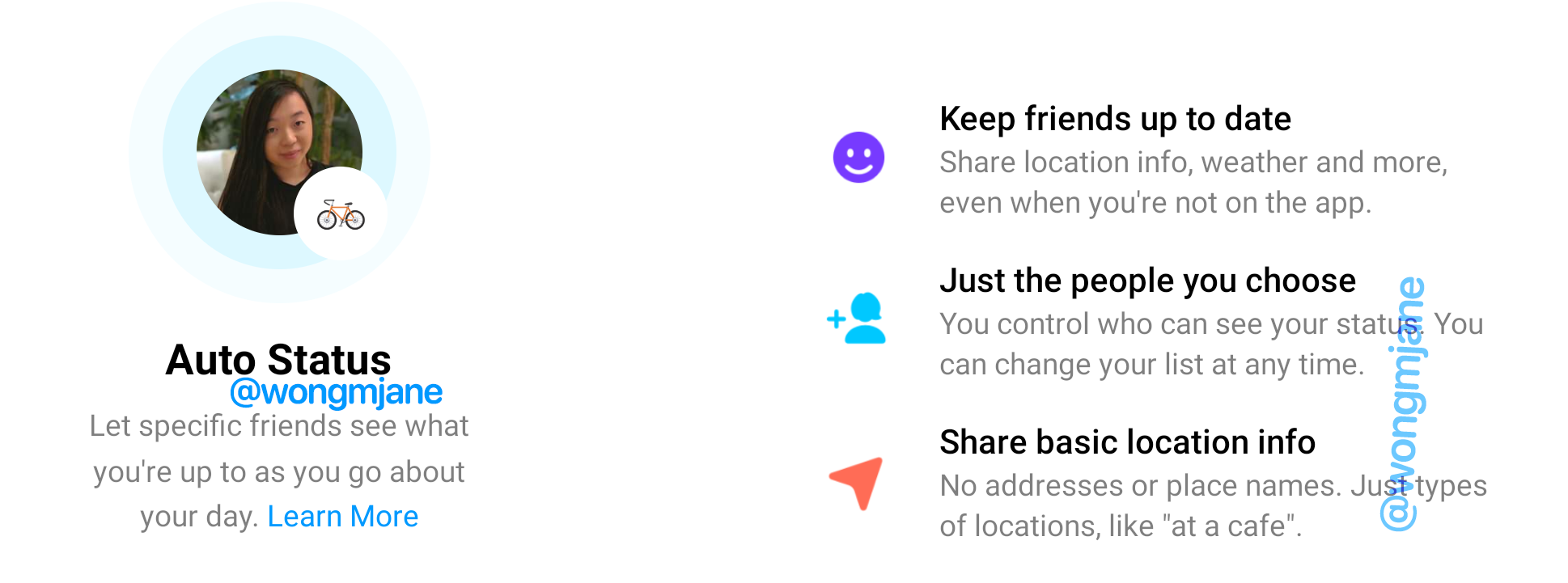There’s a joke* being reshared on chat apps that takes the form of a multiple choice question — asking who’s the leading force in workplace digital transformation? The red-lined punchline is not the CEO or CTO but: C) COVID-19.
There’s likely more than a grain of truth underpinning the quip. The novel coronavirus is pushing a lot of metaphorical buttons right now. ‘Pause’ buttons for people and industries, as large swathes of the world’s population face quarantine conditions that can resemble house arrest. The majority of offline social and economic activities are suddenly off limits.
Such major pauses in our modern lifestyle may even turn into a full reset, over time. The world as it was, where mobility of people has been all but taken for granted — regardless of the environmental costs of so much commuting and indulged wanderlust — may never return to ‘business as usual’.
If global leadership rises to the occasional then the coronavirus crisis offers an opportunity to rethink how we structure our societies and economies — to make a shift towards lower carbon alternatives. After all, how many physical meetings do you really need when digital connectivity is accessible and reliable? As millions more office workers log onto the day job from home that number suddenly seems vanishingly small.
COVID-19 is clearly strengthening the case for broadband to be a utility — as so much more activity is pushed online. Even social media seems to have a genuine community purpose during a moment of national crisis when many people can only connect remotely, even with their nearest neighbours.
Hence the reports of people stuck at home flocking back to Facebook to sound off in the digital town square. Now the actual high street is off limits the vintage social network is experiencing a late second wind.
Facebook understands this sort of higher societal purpose already, of course. Which is why it’s been so proactive about building features that nudge users to ‘mark yourself safe’ during extraordinary events like natural disasters, major accidents and terrorist attacks. (Or indeed why it encouraged politicians to get into bed with its data platform in the first place — no matter the cost to democracy.)
In less fraught times, Facebook’s ‘purpose’ can be loosely summed to ‘killing time’. But with ever more sinkholes being drilled by the attention economy that’s a function under ferocious and sustained attack.
Over the years the tech giant has responded by engineering ways to rise back to the top of the social heap — including spying on and buying up competition, or directly cloning rival products. It’s been pulling off this trick, by hook or by crook, for over a decade. Albeit, this time Facebook can’t take any credit for the traffic uptick; A pandemic is nature’s dark pattern design.
What’s most interesting about this virally disrupted moment is how much of the digital technology that’s been built out online over the past two decades could very well have been designed for living through just such a dystopia.
Seen through this lens, VR should be having a major moment. A face computer that swaps out the stuff your eyes can actually see with a choose-your-own-digital-adventure of virtual worlds to explore, all from the comfort of your living room? What problem are you fixing VR? Well, the conceptual limits of human lockdown in the face of a pandemic quarantine right now, actually…
Virtual reality has never been a compelling proposition vs the rich and textured opportunity of real life, except within very narrow and niche bounds. Yet all of a sudden here we all are — with our horizons drastically narrowed and real-life news that’s ceaselessly harrowing. So it might yet end up wry punchline to another multiple choice joke: ‘My next vacation will be: A) Staycation, B) The spare room, C) VR escapism.’
It’s videoconferencing that’s actually having the big moment, though. Turns out even a pandemic can’t make VR go viral. Instead, long lapsed friendships are being rekindled over Zoom group chats or Google Hangouts. And Houseparty — a video chat app — has seen surging downloads as barflies seek out alternative night life with their usual watering-holes shuttered.
Bored celebs are TikToking. Impromptu concerts are being livestreamed from living rooms via Instagram and Facebook Live. All sorts of folks are managing social distancing and the stress of being stuck at home alone (or with family) by distant socializing — signing up to remote book clubs and discos; joining virtual dance parties and exercise sessions from bedrooms. Taking a few classes together. The quiet pub night with friends has morphed seamlessly into a bring-your-own-bottle group video chat.
This is not normal — but nor is it surprising. We’re living in the most extraordinary time. And it seems a very human response to mass disruption and physical separation (not to mention the trauma of an ongoing public health emergency that’s killing thousands of people a day) to reach for even a moving pixel of human comfort. Contactless human contact is better than none at all.
Yet the fact all these tools are already out there, ready and waiting for us to log on and start streaming, should send a dehumanizing chill down society’s backbone.
It underlines quite how much consumer technology is being designed to reprogram how we connect with each other, individually and in groups, in order that uninvited third parties can cut a profit.
Back in the pre-COVID-19 era, a key concern being attached to social media was its ability to hook users and encourage passive feed consumption — replacing genuine human contact with voyeuristic screening of friends’ lives. Studies have linked the tech to loneliness and depression. Now we’re literally unable to go out and meet friends the loss of human contact is real and stark. So being popular online in a pandemic really isn’t any kind of success metric.
Houseparty, for example, self-describes as a “face to face social network” — yet it’s quite the literal opposite; you’re foregoing face-to-face contact if you’re getting virtually together in app-wrapped form.
While the implication of Facebook’s COVID-19 traffic bump is that the company’s business model thrives on societal disruption and mainstream misery. Which, frankly, we knew already. Data-driven adtech is another way of saying it’s been engineered to spray you with ad-flavored dissatisfaction by spying on what you get up to. The coronavirus just hammers the point home.
The fact we have so many high-tech tools on tap for forging digital connections might feel like amazing serendipity in this crisis — a freemium bonanza for coping with terrible global trauma. But such bounty points to a horrible flip side: It’s the attention economy that’s infectious and insidious. Before ‘normal life’ plunged off a cliff all this sticky tech was labelled ‘everyday use’; not ‘break out in a global emergency’.
It’s never been clearer how these attention-hogging apps and services are designed to disrupt and monetize us; to embed themselves in our friendships and relationships in a way that’s subtly dehumanizing; re-routing emotion and connections; nudging us to swap in-person socializing for virtualized fuzz that designed to be data-mined and monetized by the same middlemen who’ve inserted themselves unasked into our private and social lives.
Captured and recompiled in this way, human connection is reduced to a series of dilute and/or meaningless transactions. The platforms deploying armies of engineers to knob-twiddle and pull strings to maximize ad opportunities, no matter the personal cost.
It’s also no accident we’re also seeing more of the vast and intrusive underpinnings of surveillance capitalism emerge, as the COVID-19 emergency rolls back some of the obfuscation that’s used to shield these business models from mainstream view in more normal times. The trackers are rushing to seize and colonize an opportunistic purpose.
Tech and ad giants are falling over themselves to get involved with offering data or apps for COVID-19 tracking. They’re already in the mass surveillance business so there’s likely never felt like a better moment than the present pandemic for the big data lobby to press the lie that individuals don’t care about privacy, as governments cry out for tools and resources to help save lives.
First the people-tracking platforms dressed up attacks on human agency as ‘relevant ads’. Now the data industrial complex is spinning police-state levels of mass surveillance as pandemic-busting corporate social responsibility. How quick the wheel turns.
But platforms should be careful what they wish for. Populations that find themselves under house arrest with their phones playing snitch might be just as quick to round on high tech gaolers as they’ve been to sign up for a friendly video chat in these strange and unprecedented times.
Oh and Zoom (and others) — more people might actually read your ‘privacy policy‘ now they’ve got so much time to mess about online. And that really is a risk.
*Source is a private Twitter account called @MBA_ish
source https://techcrunch.com/2020/03/31/what-does-a-pandemic-say-about-the-tech-weve-built/
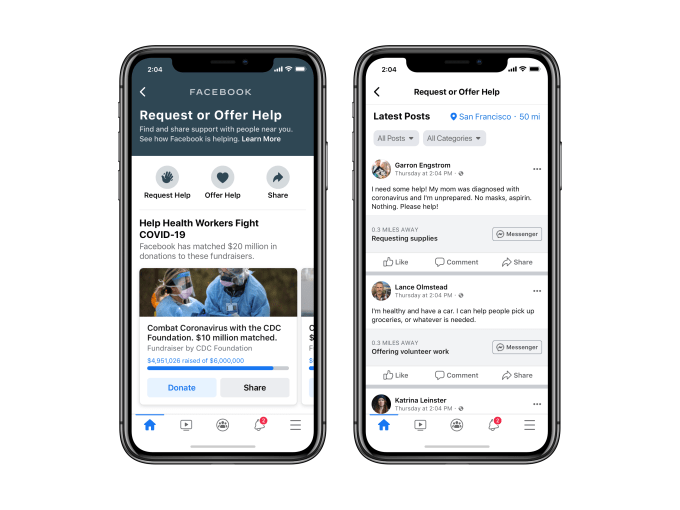
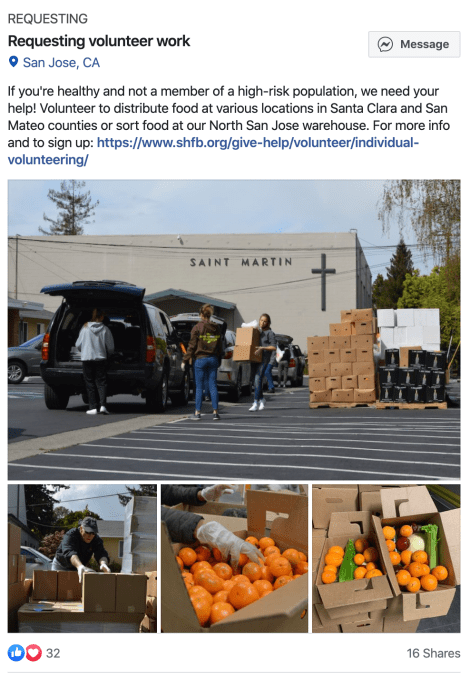 Before today’s official launch, the COVID-19 Information Center tested Community Help in select U.S. cities. There, local users have been posting requests for help — like those about
Before today’s official launch, the COVID-19 Information Center tested Community Help in select U.S. cities. There, local users have been posting requests for help — like those about 
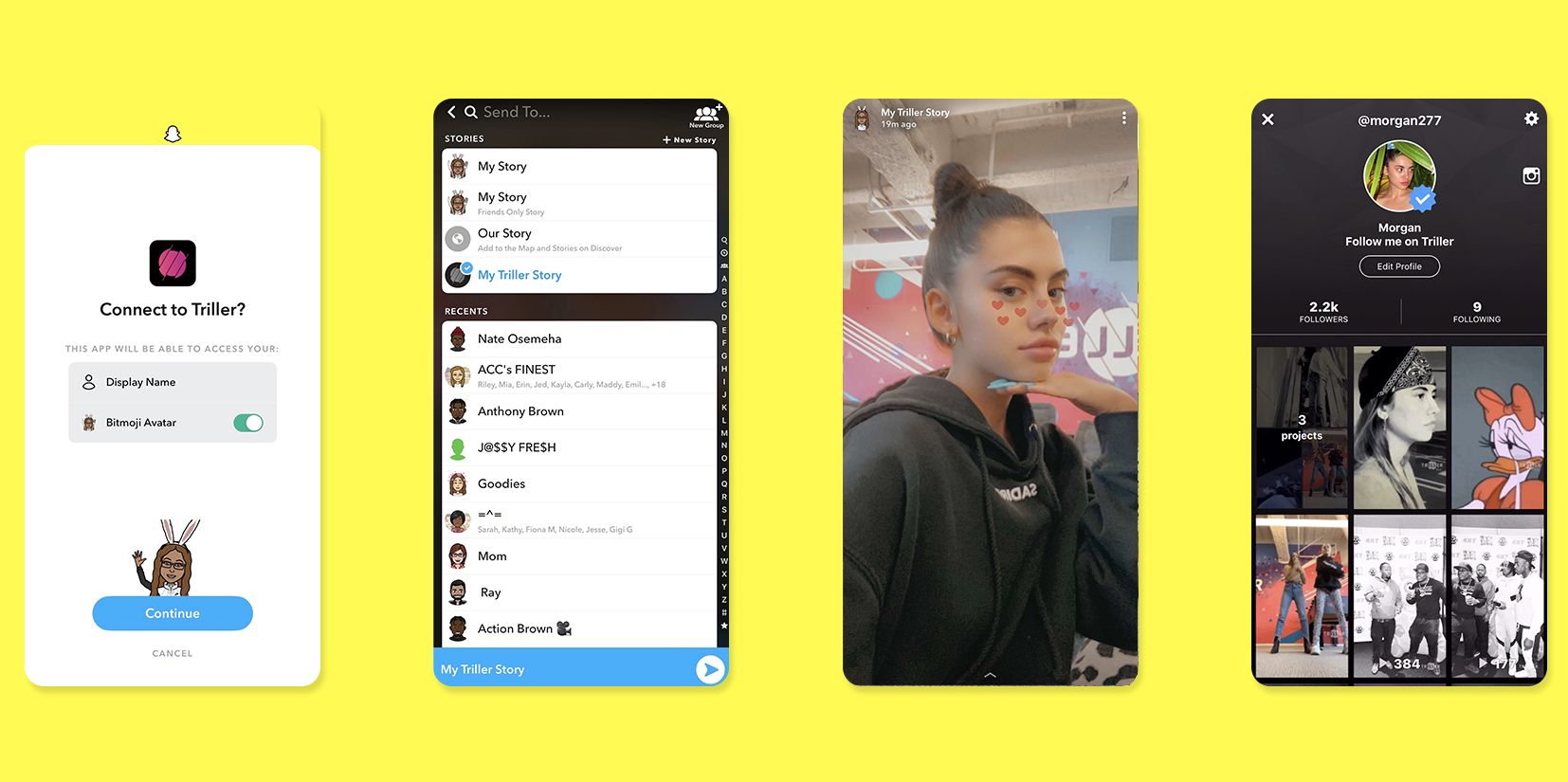
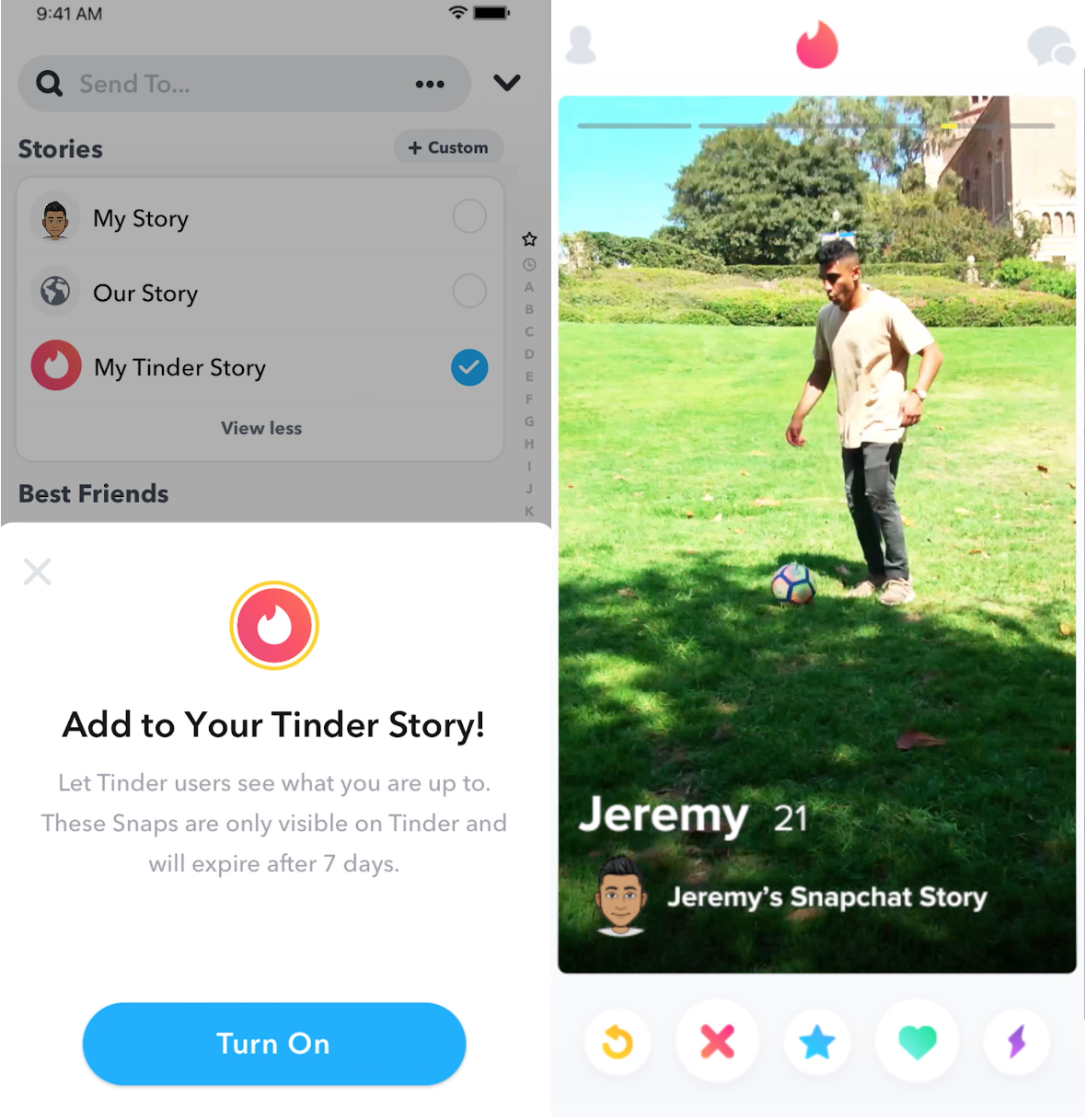
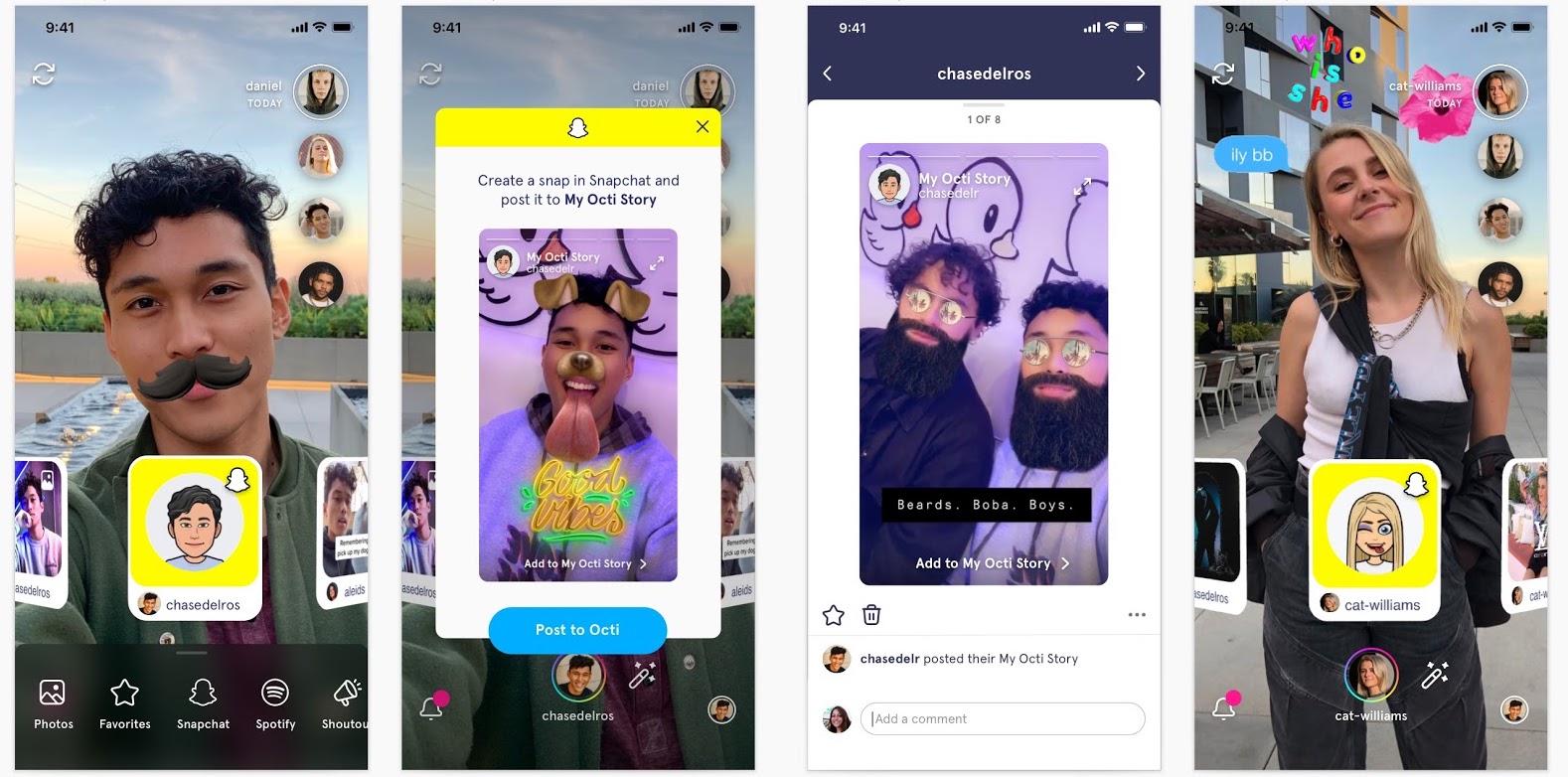

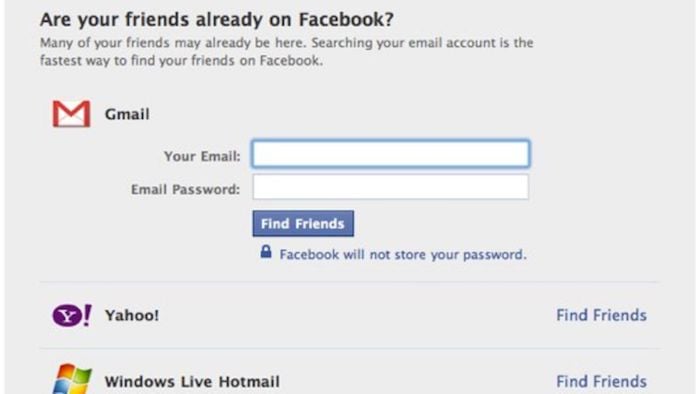
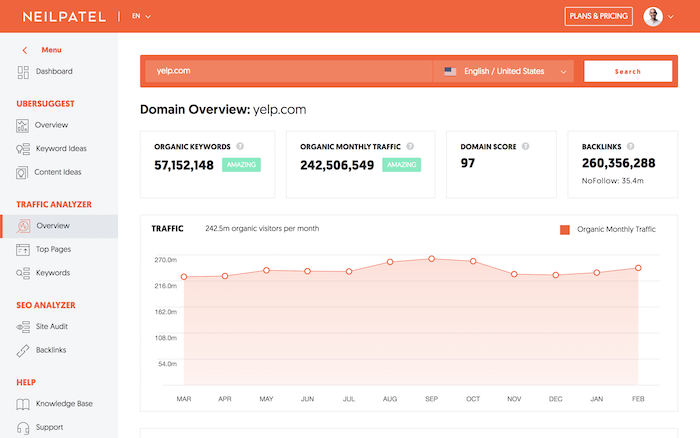
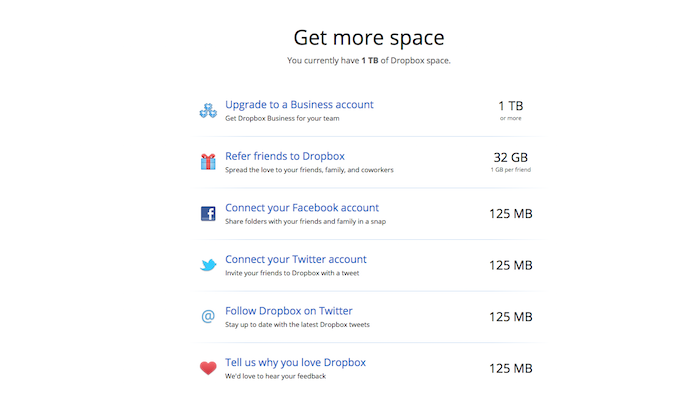

























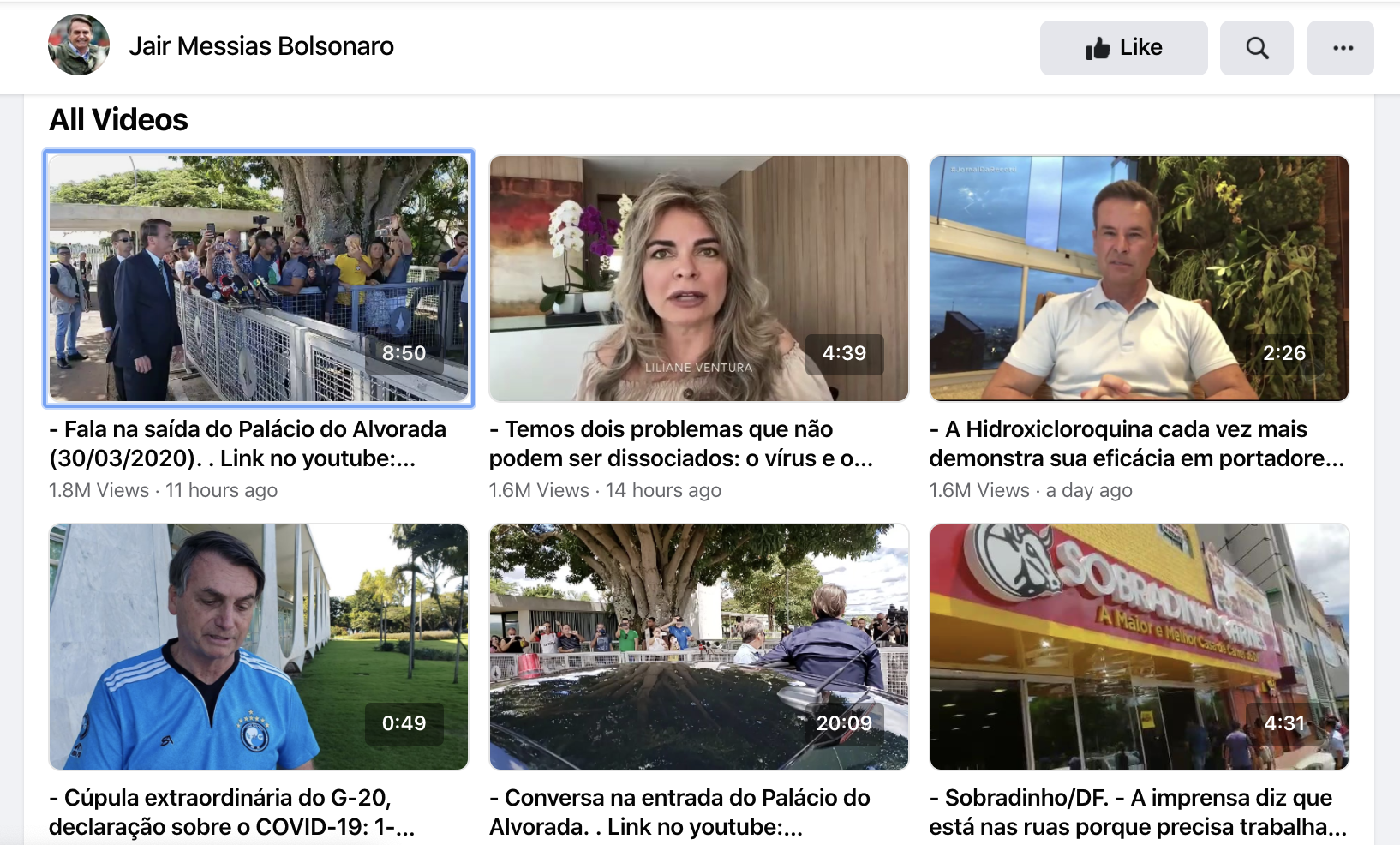
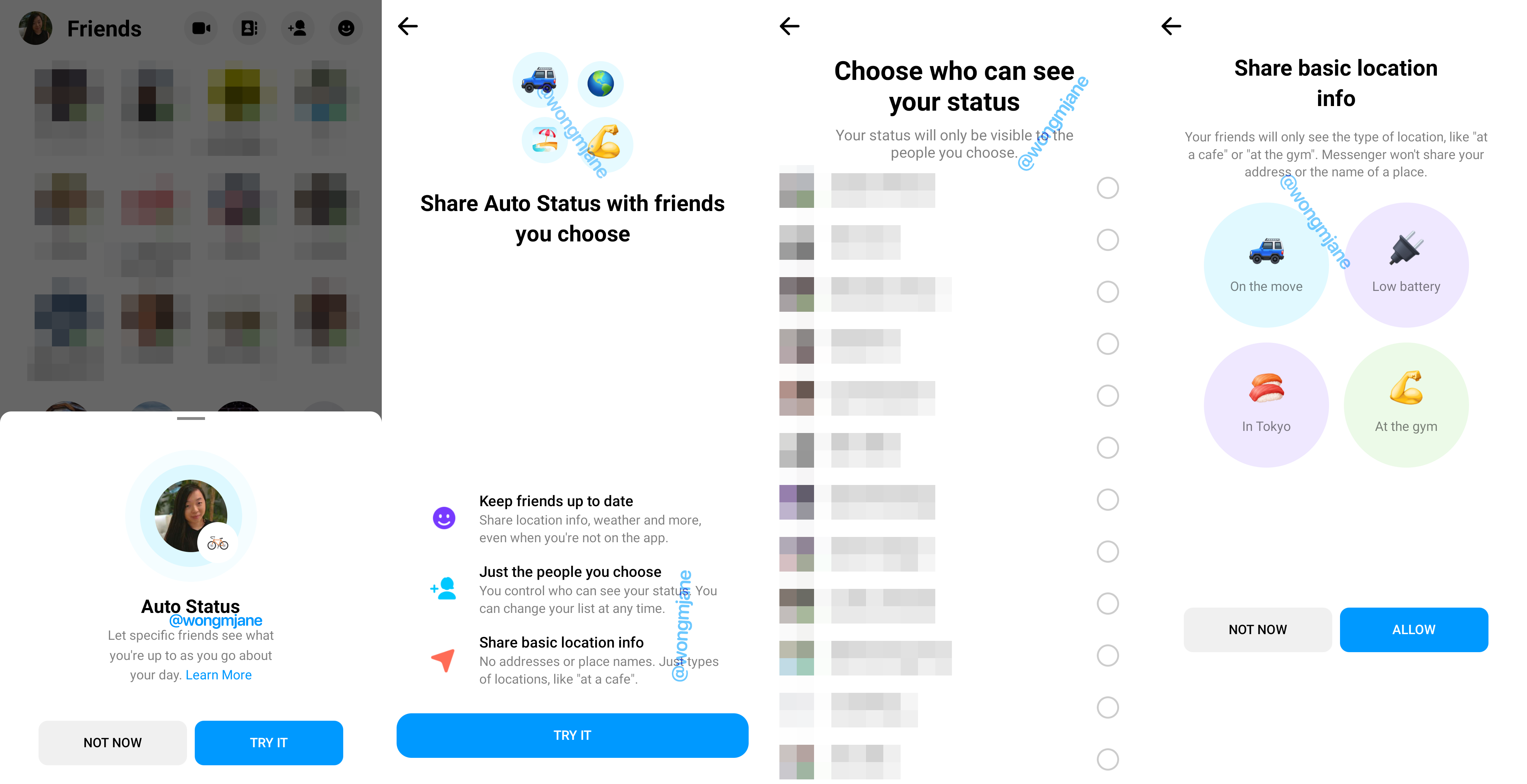
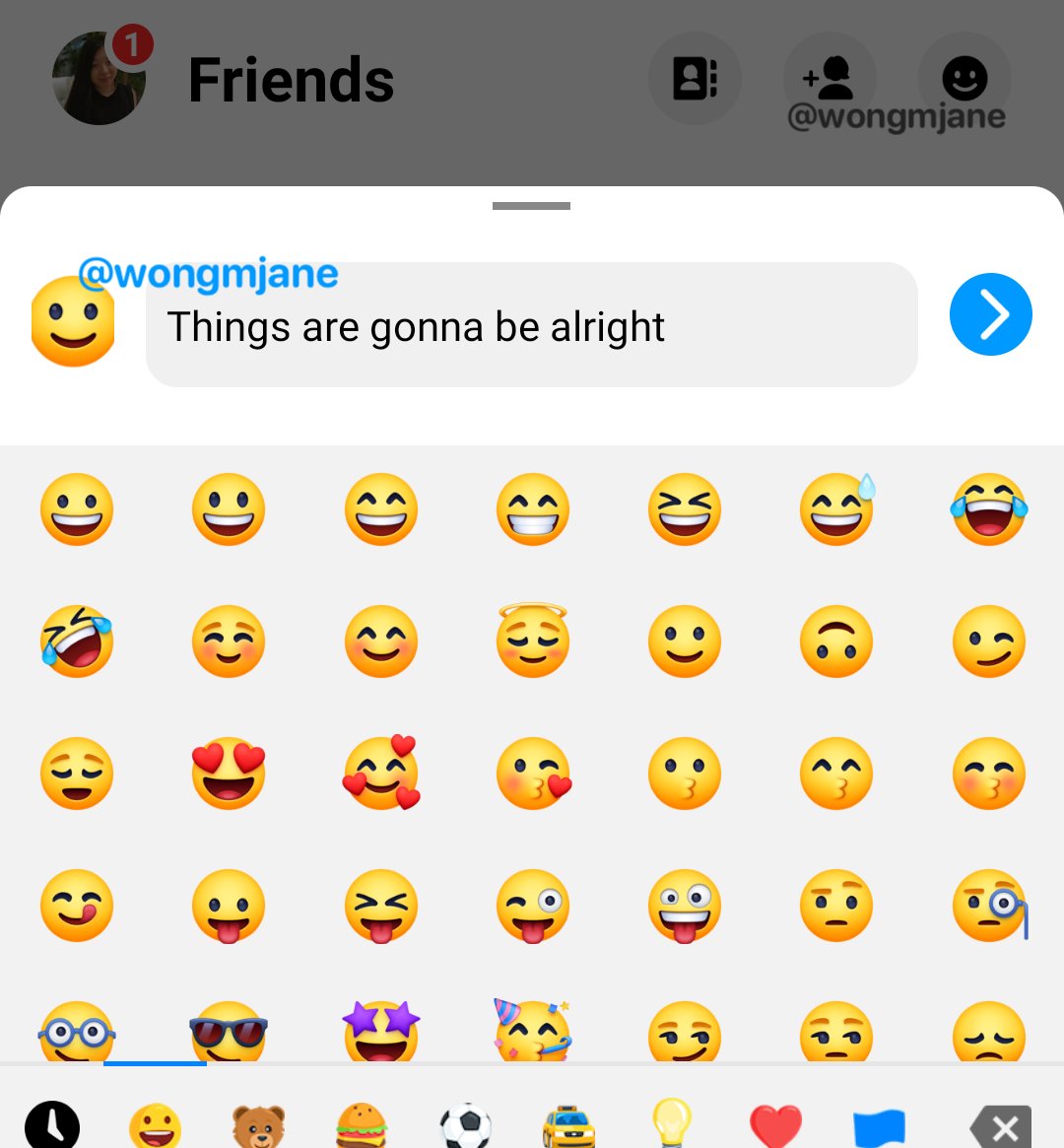
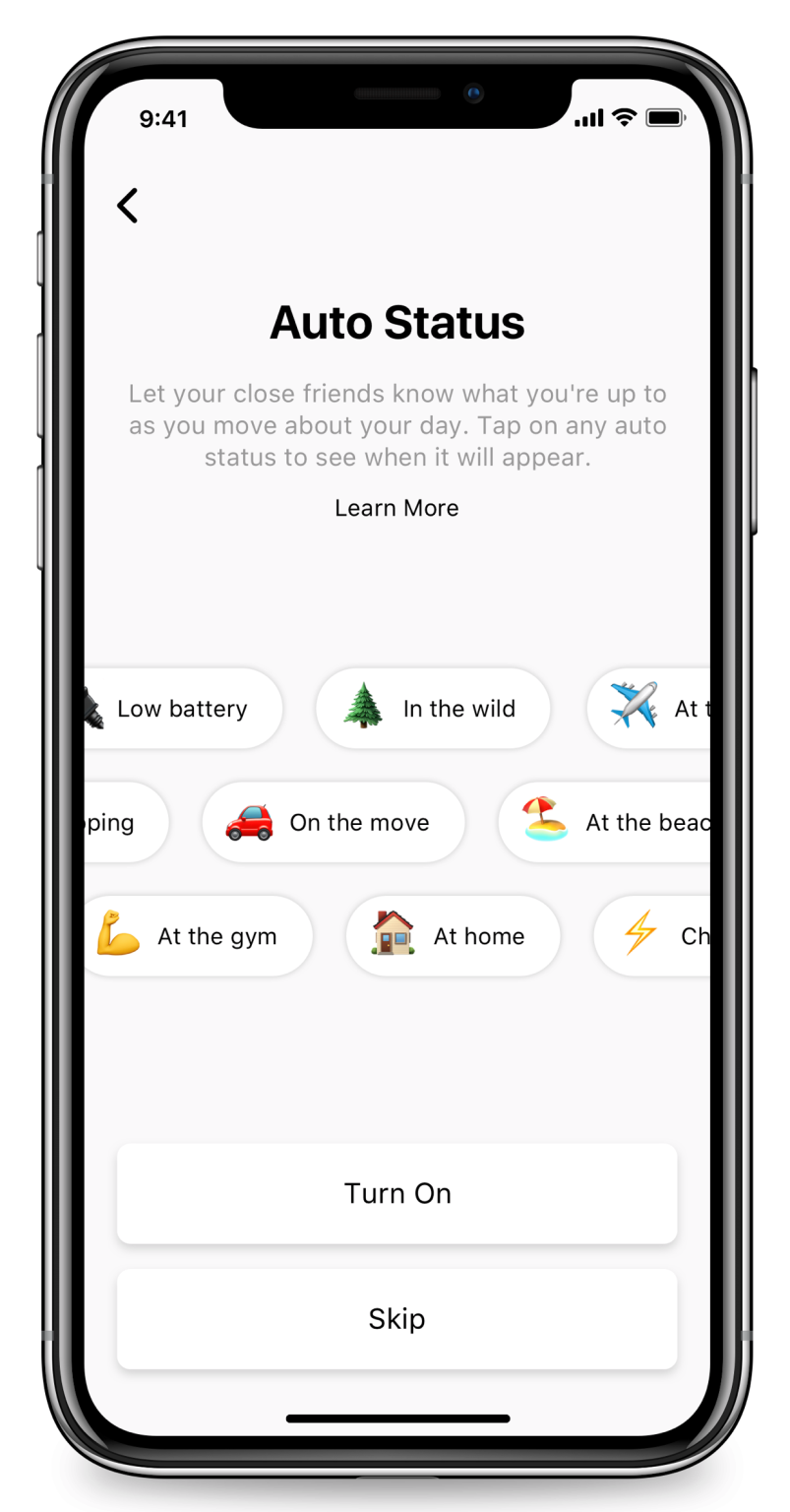 Then earlier this month, reverse engineering master and constant TechCrunch tipster
Then earlier this month, reverse engineering master and constant TechCrunch tipster 